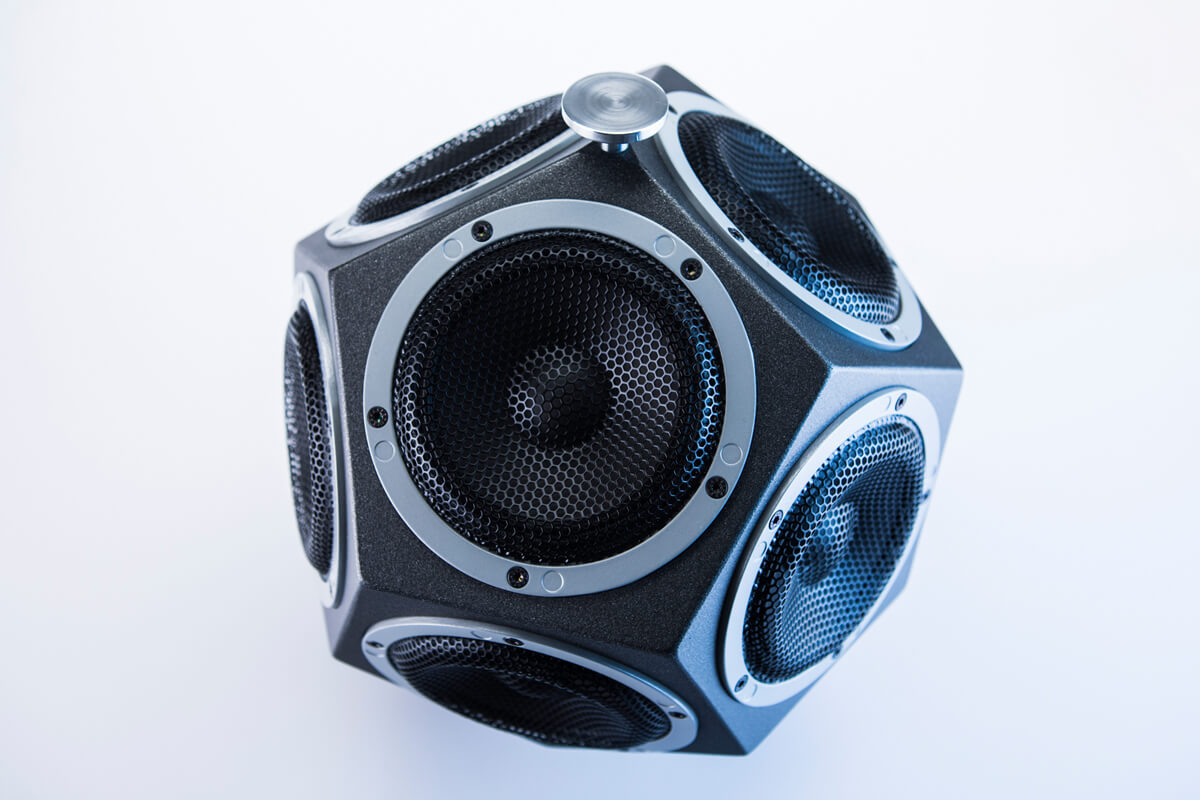Breaking in a new speaker is a crucial process that many audiophiles and sound enthusiasts swear by. This guide will explore why breaking in your speaker is important, what you need to know before starting, and provide answers to common questions about the process. Whether you’re a seasoned audiophile or a newcomer to the world of high-fidelity audio, this comprehensive guide will help you understand and execute the break-in process effectively.

Why You Should Consider Breaking In Your Speaker
Breaking in your speakers, also known as speaker burn-in, refers to the process of playing audio through a new speaker for a certain period to loosen up its components and achieve optimal sound quality. The primary reason to break in your speaker is to enhance its performance and longevity. Here are a few key benefits:
1.Improved Sound Quality: New speakers often have stiff components, such as the cone and suspension. By playing audio through them over time, these components become more flexible, leading to better sound quality.
2.Longevity: Properly broken-in speakers tend to have a longer lifespan because the components are less likely to be damaged by sudden, high-volume audio.
3.Accuracy: The sound produced by a well-broken-in speaker is more accurate and true to the source, making it a must for audiophiles and professionals who rely on precise audio reproduction.
Things To Know Before Breaking In
Before you begin the break-in process, there are a few essential factors to consider. These include the type of audio to play, the duration of the break-in period, and the appropriate volume levels.
What Kind of Audio Should I Play?
When breaking in your speakers, it’s important to use a variety of audio content. This ensures that the speaker’s components move in different ways, leading to a more thorough break-in. Here are some recommendations:

How Long To Break In Speakers
The duration of the break-in period can vary depending on the speaker and personal preference. On average, it takes about 20-100 hours of playtime to properly break in a speaker. Here’s a general guideline:
It’s important to note that you don’t have to play the audio continuously. Breaking in your speakers over several days or weeks is perfectly fine.
How Loud Should It Be?
The volume level during the break-in process should be moderate. Playing audio at too high a volume can damage the speaker, especially if it hasn’t been broken in yet. Here are some tips:
FAQ
Do Speakers Really Need To Break In?
While the necessity of breaking in speakers is sometimes debated, many audiophiles and audio manufacturers recommend it. The break-in process helps the mechanical components of the speaker settle into their optimal state, which can lead to improved sound quality. Without breaking in, the speaker may not perform to its full potential right out of the box.
How Do You Break In Speakers Fast?
If you’re looking to speed up the break-in process, you can play pink noise or frequency sweeps continuously for several hours each day. However, it’s crucial to monitor the volume and ensure it doesn’t get too loud. Fast-tracking the break-in process should be done carefully to avoid damaging the speaker.
What Happens If You Don’t Burn In Speakers?
If you don’t break in your speakers, they might not deliver their best sound quality initially. The components will remain stiff, potentially resulting in a less dynamic and detailed audio experience. Over time, the speakers may naturally loosen up with regular use, but this process will take longer compared to a deliberate break-in period.
Conclusion
Breaking in your speakers is a straightforward yet essential process to achieve the best audio performance. By understanding the type of audio to play, the appropriate duration, and the ideal volume levels, you can ensure your speakers are well-prepared to deliver high-quality sound for years to come. Whether you’re a professional or a casual listener, taking the time to break in your speakers can make a significant difference in your overall listening experience. Remember, patience and consistency are key to successful speaker burn-in.
